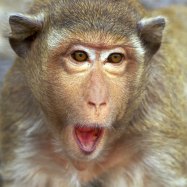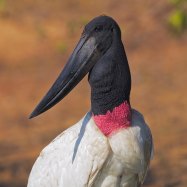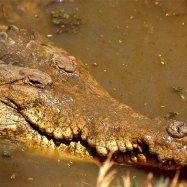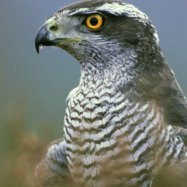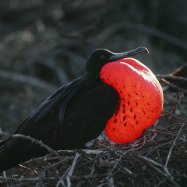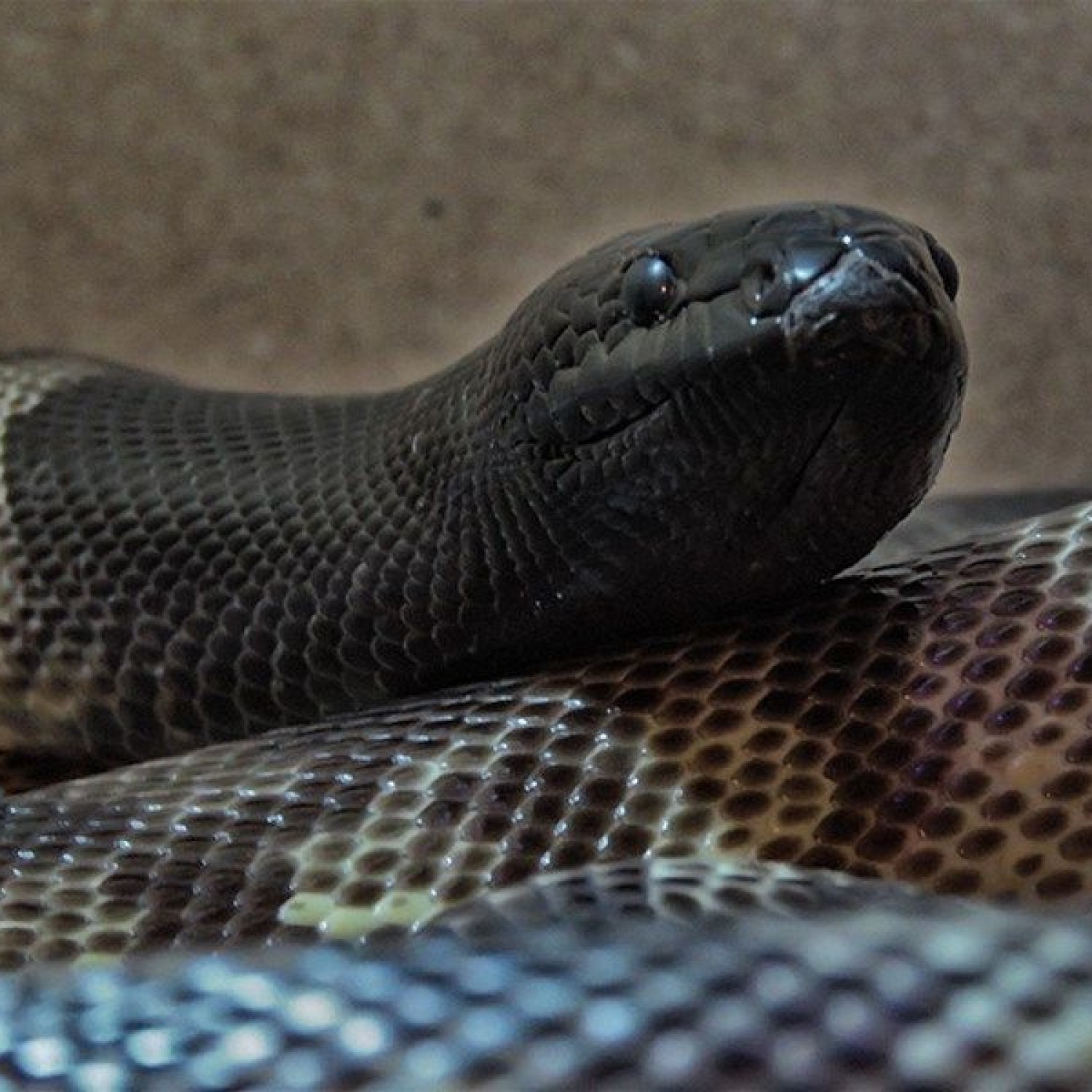
Black Headed Python
1.5 to 2 meters
The Black Headed Python, found in Northern Australia, is a member of the Pythonidae family. This snake can grow up to 1.5-2 meters in length and has a thick and heavy body with a short tail. Despite its name, this python is not actually black in color, but rather has a black head and a patterned body. They are nonvenomous and feed on small mammals and birds. Keep an eye out for this unique species on your next trip to Australia! #BlackHeadedPython #Australia #Pythonidae #UniqueSpecies
Animal Details Summary:
Common Name: Black Headed Python
Kingdom: Animalia
Habitat: Savannah woodlands, open grasslands, and rocky hillsides
Unveiling the Mysteries of the Black Headed Python
The animal world is filled with a plethora of fascinating and unique creatures, each with its own peculiarities and beauty. Among these, the Black Headed Python stands out with its striking appearance, interesting behavior, and mysterious presence. Found in the savannah woodlands, open grasslands, and rocky hillsides of northern Australia and southern New Guinea, this remarkable reptile has captured the attention of many wildlife enthusiasts. Let's take a deeper look into the world of the Black Headed Python and discover what makes it stand out from the rest Black Headed Python.The Basics: Classification and Habitat
Scientifically known as Aspidites melanocephalus, the Black Headed Python belongs to the animal kingdom, Chordata phylum, and Reptilia class. It is a member of the Squamata order and Pythonidae family, making it a close relative of the well-known snakes such as the Burmese Python and the reticulated python. The reptile's natural habitat includes the northern region of Australia, specifically the Northern Territory, Western Australia, and Queensland, as well as southern New Guinea, where it is commonly found in the lower elevation areas.Appearance and Physical Characteristics
One of the most striking features of the Black Headed Python is its unique and distinctive coloration. As the name suggests, the snake possesses a black or dark brown coloration on its head, while the rest of its body is covered in light tan or yellowish bands. This dramatic contrast in colors gives the python a mesmerizing and intimidating appearance, making it a sight to behold.The python's relatively short body measures between 1.5 to 2 meters in length, with males usually being larger than females. Its body shape is thick and heavy, and while its head is small compared to its body, it is powerful and can deliver a strong bite if provoked Bichon Frise. The eyes of the Black Headed Python are particularly interesting, with their gold-colored irises and vertically elliptical pupils, giving them an intense and alert look.
Diet and Feeding Behavior
As a carnivore, the Black Headed Python mainly feeds on small mammals, birds, reptiles, and occasionally other snakes. This includes rodents, lizards, and even small marsupials. The python is a non-venomous snake, but it more than makes up for it with its powerful constriction. Once it captures its prey, it uses its muscular body to squeeze and suffocate the victim, making it an efficient hunter. It then swallows its prey whole, without the need for tearing or chewing.Interestingly, the snake is known to have a slow metabolism, which means that it can go for weeks, even months, without food. This adaptation is an advantage in its natural habitat, where prey may not be readily available, and it must conserve energy to survive.
Behavior and Mating
The Black Headed Python is primarily a nocturnal creature, which means that it is most active at night. During the day, it can be found hiding in underground burrows or the cracks and crevices of rocks and logs. It is a solitary creature, and while it may share its hiding place with other snakes, they do not form social groups or colonies.The breeding season for the Black Headed Python occurs during the cooler months from May to August. However, depending on the availability of food, mating can also occur at other times during the year. During this time, males will engage in combat to win over females, curling their bodies around each other and trying to push the opponent down to the ground. Once a successful male has mated with a female, she can store the sperm for several months and only fertilize her eggs when conditions are favorable for raising young.
The Miracle of Reproduction
One of the most amazing things about the Black Headed Python is its unique mode of reproduction. Unlike most snakes, the python species is oviparous, meaning that it lays eggs. Females typically lay around 20 to 30 eggs in each clutch, which they incubate by wrapping their bodies around them until they hatch. This protective behavior is known as brooding. Interestingly, the females are capable of raising their body temperatures to keep the eggs warm and speed up the incubation process.The hatchlings are around 30 centimeters in length and are immediately independent, fending for themselves from the moment they hatch. Their striking coloration and hunting skills are already fully developed, making them formidable and capable of surviving in the wild.
Threats and Conservation Efforts
The Black Headed Python is not currently listed as an endangered species, but it does face certain threats in the wild. Its natural habitat is under threat due to land development and urbanization, leading to a loss of habitat for the reptile. It is also often targeted by humans due to its beautiful and unique skin, which is used to make leather products.Thankfully, there are conservation efforts in place to protect this stunning python species. The Australian government has strict laws protecting the Black Headed Python, and it is illegal to harm or remove them from the wild. In addition, several organizations are dedicated to educating the public about the importance of preserving the python's natural habitat and avoiding the illegal wildlife trade.
Conclusion
In conclusion, the Black Headed Python is a remarkable reptile that has captured the hearts and minds of many. Its striking appearance, unique behavior, and important role in its ecosystem make it a truly fascinating creature. As we continue to learn more about its biology and conservation needs, it is essential to appreciate and protect this stunning animal to ensure its survival for future generations to come.

Black Headed Python
Animal Details Black Headed Python - Scientific Name: Aspidites melanocephalus
- Category: Animals B
- Scientific Name: Aspidites melanocephalus
- Common Name: Black Headed Python
- Kingdom: Animalia
- Phylum: Chordata
- Class: Reptilia
- Order: Squamata
- Family: Pythonidae
- Habitat: Savannah woodlands, open grasslands, and rocky hillsides
- Feeding Method: Carnivorous
- Geographical Distribution: Northern Australia and southern New Guinea
- Country of Origin: Australia
- Location: Northern Australia
- Animal Coloration: Black or dark brown with light tan or yellowish bands
- Body Shape: Thick and heavy body with a relatively short tail
- Length: 1.5 to 2 meters
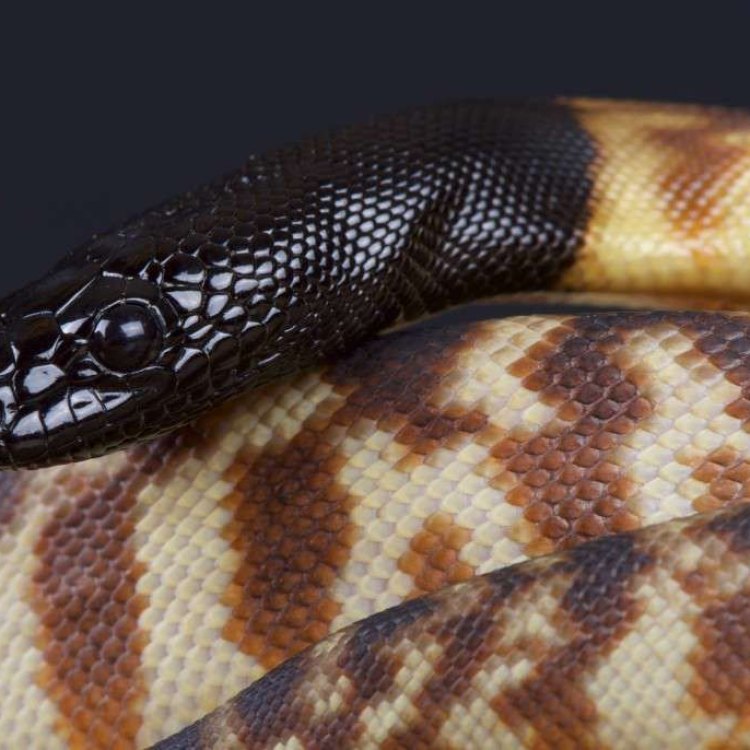
Black Headed Python
- Adult Size: 2 to 3 meters
- Average Lifespan: Up to 20 years in the wild
- Reproduction: Sexual
- Reproductive Behavior: Mating occurs in spring
- Sound or Call: Hissing, grunting
- Migration Pattern: Non-migratory
- Social Groups: Solitary
- Behavior: Nocturnal and terrestrial
- Threats: Habitat loss and degradation, illegal pet trade
- Conservation Status: Least Concern
- Impact on Ecosystem: Maintains rodent populations in check
- Human Use: Captivity for the exotic pet trade
- Distinctive Features: Black head with light-colored bands on the body
- Interesting Facts: Black Headed Pythons are excellent swimmers
- Predator: Larger snakes and birds of prey
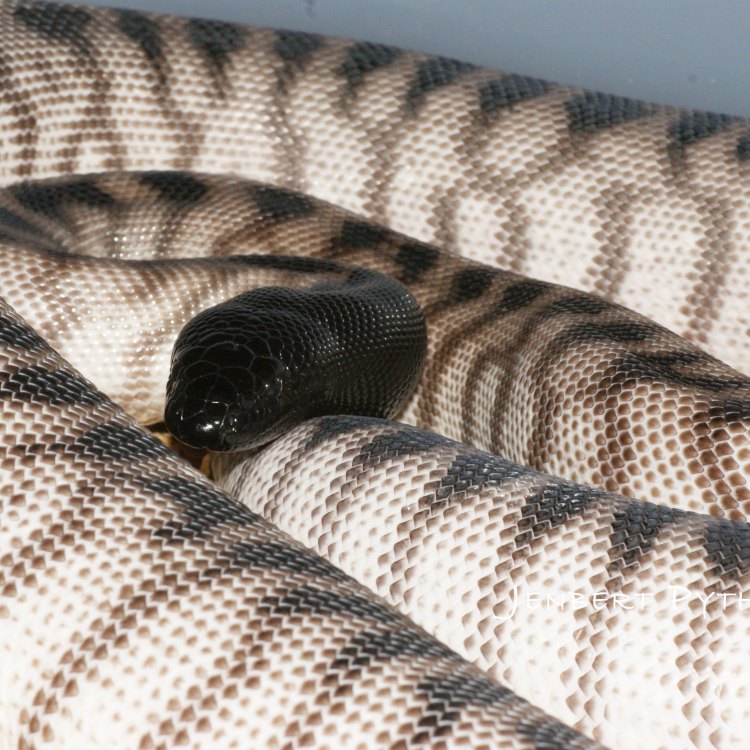
Aspidites melanocephalus
The Fascinating World of the Black Headed Python: Masters of the Australian Outback
The Australian Outback is known for its unique and diverse wildlife, and among the many fascinating creatures that call this vast and arid landscape home, the Black Headed Python stands out as a true marvel. With its striking appearance, impressive size, and intriguing behaviors, this snake has captured the attention of researchers and animal enthusiasts alike. In this article, we will explore the world of the Black Headed Python and uncover its unique features and role in the ecosystem.Appearance and Behavior
The Black Headed Python, also known as the Aspidites melanocephalus, is a non-venomous species of python native to the central and western regions of Australia PeaceOfAnimals.Com. As its name suggests, this python is characterized by a distinct black head with light-colored bands on its body, giving it a mesmerizing and eye-catching appearance.
One of the most impressive features of this snake is its size, with adult Black Headed Pythons reaching lengths of 2 to 3 meters. They have a stout and muscular build, with short and blunt heads, making them perfectly adapted for their terrestrial lifestyle. They are also excellent swimmers, making use of their muscular bodies and buoyancy to navigate through the water with ease, a unique trait not commonly found in other snake species.
As nocturnal and solitary creatures, Black Headed Pythons spend most of their time hidden in burrows or crevices during the day, coming out at night to hunt for food. They are mainly active between the months of September to March, during the Australian spring and summer, and become less active in the cooler months.
Reproduction and Mating Behavior
Black Headed Pythons are sexually reproductive, and mating typically occurs in the spring months. During this time, males will actively search for females, and once they have found a mate, they engage in a fascinating and complex courtship ritual.
The males will use their sense of smell to locate a female, and once they have found one, they will wrap their body around hers and engage in a series of movements and hissing vocalizations to entice her Bonnethead Shark. This behavior can sometimes last for several hours, and once the female is ready, she will allow the male to copulate with her.
One of the most interesting aspects of the mating behavior of Black Headed Pythons is the fact that females can store sperm for up to a year, allowing them to choose the ideal time to fertilize their eggs. This adaptation is essential in the harsh and unpredictable climate of the Australian outback.
Threats and Conservation Status
As with many other species of wildlife, the Black Headed Python faces several threats to its survival, including habitat loss and degradation, illegal pet trade, and being preyed upon by larger snakes and birds of prey. These snakes play a crucial role in maintaining balance in the ecosystem by controlling rodent populations, making them an essential component of the Australian Outback's delicate web of life.
Fortunately, due to its widespread distribution and relatively stable population, the Black Headed Python is currently listed as "Least Concern" on the IUCN Red List of Threatened Species. However, as with any native species, it is essential to continue monitoring their population and habitat to ensure their long-term survival.
Human Use and Interesting Facts
The striking appearance and impressive size of the Black Headed Python have also made it a sought-after species in the exotic pet trade. These snakes are often illegally captured and sold as pets, posing a threat to their wild population. It is crucial for potential pet owners to research and understand the care and requirements of these animals before considering owning one to ensure their well-being and prevent contributing to the illegal pet trade.
Apart from their unique appearance and behaviors, Black Headed Pythons also have several interesting facts that make them even more fascinating. These snakes are known to be excellent swimmers, often found soaking in shallow pools of water in the wild. They have also been observed moving in a straight line, using a side-winding motion, a behavior not commonly seen in other snake species.
The Importance of the Black Headed Python
While many may view snakes with fear and apprehension, the Black Headed Python holds great significance in the delicate ecosystem of the Australian Outback. As efficient rodent hunters, they help keep rodent populations in check, preventing overgrazing and maintaining a balance in the ecosystem. The loss of these snakes would have a severe impact on the wildlife and habitat of the Australian Outback, making their conservation and protection crucial.
In conclusion, the Black Headed Python is a fascinating and enigmatic creature that embodies the wild and rugged landscape of the Australian Outback. From its unique appearance and behaviors to its vital role in the ecosystem, this snake is truly a master of its environment. It is our responsibility to ensure their continued survival and appreciate their contribution to the intricate web of life in the land down under.
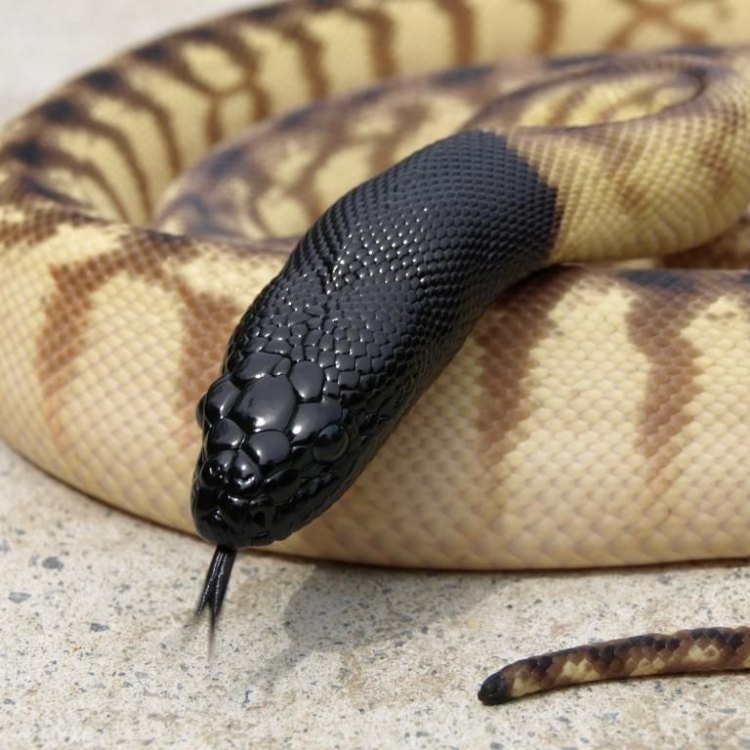
Unveiling the Mysteries of the Black Headed Python
Disclaimer: The content provided is for informational purposes only. We cannot guarantee the accuracy of the information on this page 100%. All information provided here may change without prior notice.

